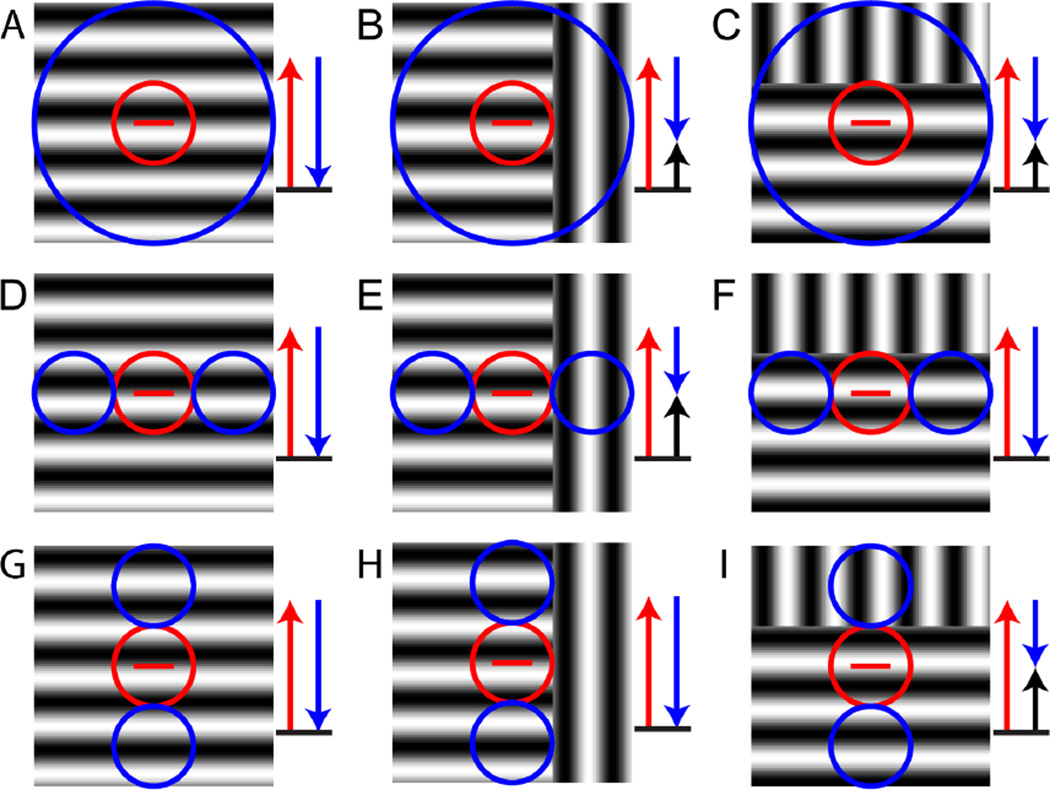Figure 5. Iso-orientation surround suppression and texture segmentation.
These panels diagram the responses of three idealized cortical neurons (each row) to three kinds of grating stimuli (each column). The three neurons have a receptive field center (red circle) that is tuned to the horizontal orientation (red bar) and are distinguished by the layouts of their iso-oriented suppressive surrounds (blue circles). The stimuli consist of a full-field grating (left column) and orientation-defined texture boundaries orthogonal to the preferred orientation (middle column) or parallel to it (right column). Red arrows represent the excitation due to stimulation of the receptive field center, blue arrows represent suppression due to stimulation of the surround and black arrows represent the net response. For all stimuli, the neuron responds because the receptive field center is covered by a grating of the preferred orientation (red arrow). Top row: circumferential suppressive surround. The full-field grating in the preferred orientation (A) activates surround suppression (blue arrow) and reduces the response. (B and C) Suppression is partially released when an orientation-defined texture boundary is present, because a portion of the surround is covered by the orientation orthogonal to the preferred orientation. This occurs both for a texture boundary orthogonal to the preferred orientation (B) and parallel to it (C). Second row: suppressive surround confined to the end-zones. Suppression by a full-field grating (D) is released when the orientation-defined boundary is orthogonal to the preferred orientation of the center (E) but not when it is orthogonal to it (F). Third row: suppressive surround confined to the side-zones. Suppression by a full-field grating (G) is not released when the orientation-defined boundary is orthogonal to the preferred orientation of the center (H), but is released when the boundary is parallel to it (I).

